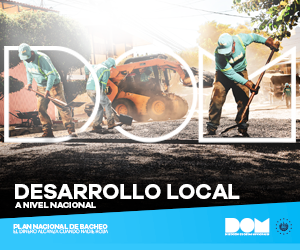Central America
El Salvador is the first country in the Americas in terms of tourism growth
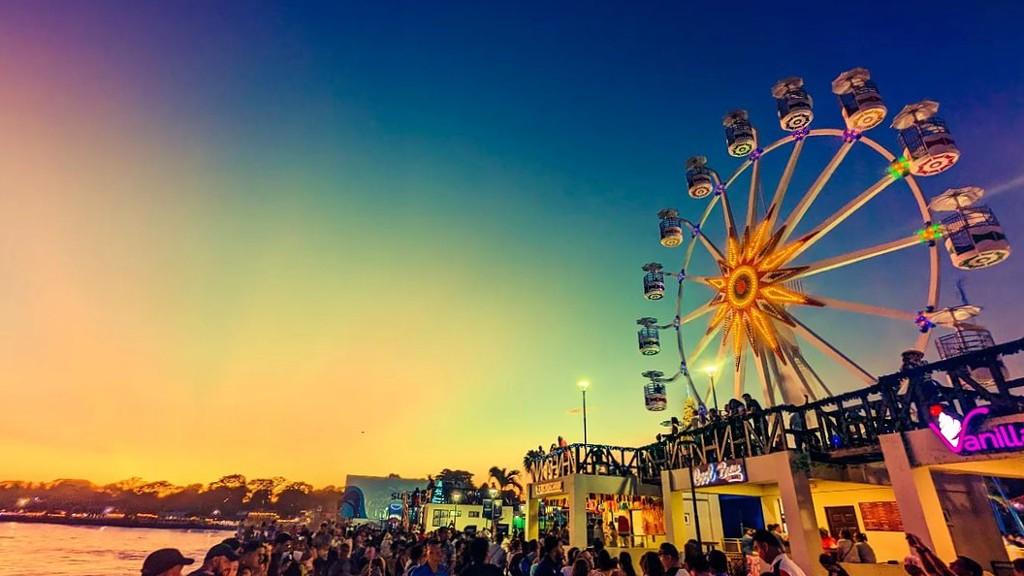
September 26 |
The momentum of the Salvadoran waves was the beginning of an unprecedented tourism takeoff in the history of El Salvador, which was consolidated at the close of 2022 with more than 2.5 million international visitor arrivals, a figure that even surpassed the dynamics that the country maintained in 2019 before the COVID- 19 pandemic.
The country’s good performance attributed to the Surf City anchor strategy, international positioning actions, the potential of tourist destinations, the positive figure of President Nayib Bukele in the world, and state security strategies implemented through the Territorial Control Plan (PTC) were reflected in the latest measurement of the World Tourism Barometer of the World Tourism Organization (UNWTO).
The projection of international visitors by the end of 2023 is 2.9 million. Photo: El Salvador Newspaper.
The measurement reflected that El Salvador is the fourth nation in the world with the best performance in the growth of international tourist arrivals with 32% until July 2023, compared to what it registered in the same period of 2019.
The country is only behind the dynamics reflected by nations such as Qatar, which reports an increase of 95 %; Saudi Arabia with 58 %; and Albania with 56 %, when compared to its pre-pandemic metrics.
In this order, El Salvador also becomes the country with the best performance in the American continent and the Western Hemisphere surpassing important destinations and countries of tourist tradition, noted President Bukele through the social network X, formerly Twitter.
“El Salvador is the fourth country with the highest tourism growth in the world and the destination that has grown the most in the entire Western Hemisphere,” the president celebrated.
The new security conditions have been an incentive to attract more foreigners to visit El Salvador. Photo: El Salvador Newspaper.
The list also highlights the performance of Andorra whose reception of international tourists increased by 31%; Armenia with 30%; Ethiopia with 28%; Colombia and Jordan with 23%; U.S. Virgin Islands with 22%; Tanzania and Liechtenstein with 19%; Curacao with 18%; while Honduras and Dominican Republic grew by 17%.
The barometer highlights that international tourism has continued to recover from the worst crisis in its history, as overall international tourist arrivals reached 84 % of pre-pandemic levels between January and July this year.
“By the end of July, international tourist arrivals reached 84% of pre-pandemic levels and 700 million tourists traveled internationally between January and July 2023, up 43% from the same months in 2022,” UNWTO noted.
At the beginning of this year, Mitur estimated that by 2023 more than 2.9 million foreign visitors would enter the national territory, however, data closed up to August account for more than 2.2 million arrivals, and a greater boom is expected with events such as: the Miss Universe pageant, scheduled for November; and two surfing championships in the months of September and November, among other activities.
“According to our projections we are not going to have any low season month, but rather visitors are going to keep coming thanks to surf tournaments, business events and the Miss Universe that is scheduled for the end of the year”, commented the Minister of Tourism, Morena Valdez, recently.
Meanwhile, the foreign exchange projection for the end of the year is $2.9 billion, and up to August the registered spill over was $2.1 billion in tourism dynamics.
Central America
Guatemalan police officer killed in mob riots over baby kidnapping
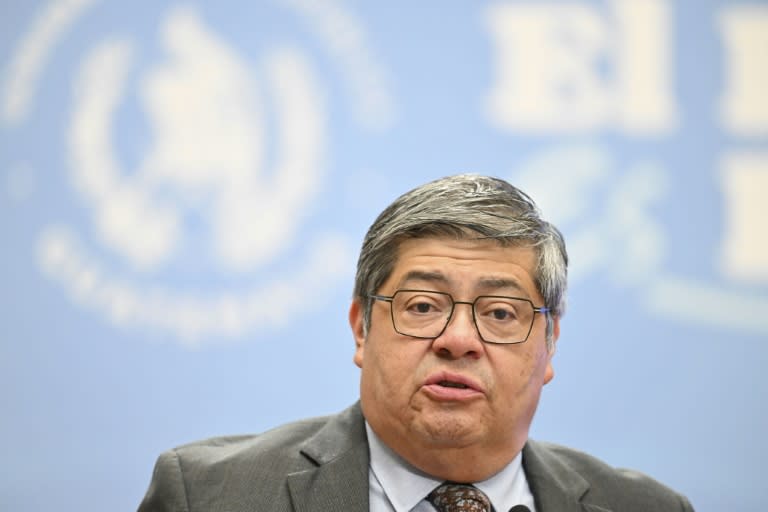
A police officer was killed during riots provoked by an enraged mob in a Guatemalan town following the kidnapping of a baby, the government reported on Wednesday.
The incidents began on Tuesday night and continued into the early hours of Wednesday in the town of San Vicente Pacaya, about 25 km south of the capital, according to Minister of the Interior Francisco Jiménez.
“There was an incident in San Vicente Pacaya where, unfortunately, a police officer died after being struck in the head with a stone. He passed away this morning,” Jiménez said in a press conference.
He explained that the unrest erupted following the arrest of two suspects in connection with the kidnapping of “a baby just a few months old,” including a woman with a criminal record.
Sports
Venezuela investigates 18 baseball players seeking asylum in Spain
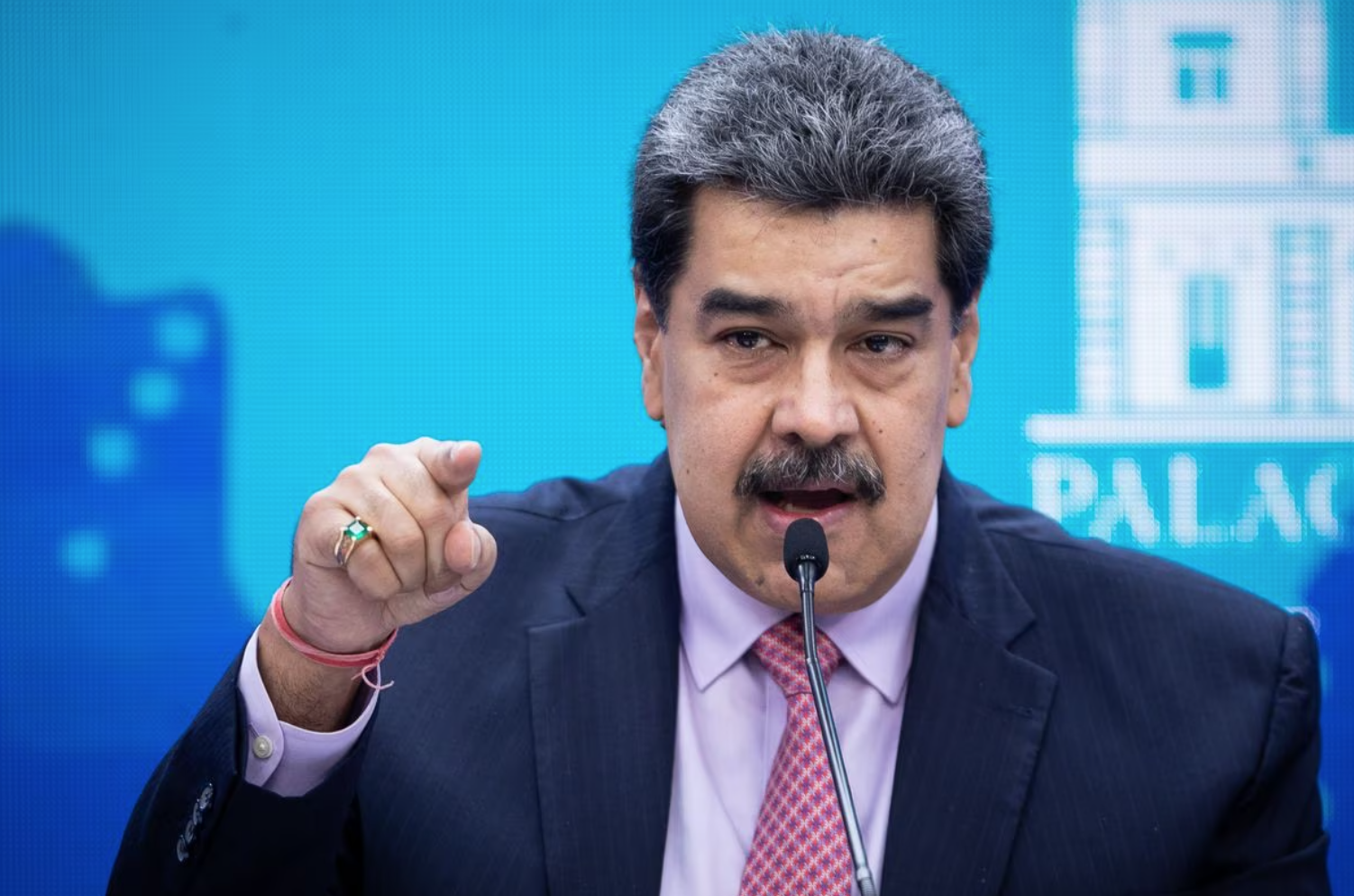
The Venezuelan government announced on Wednesday that it is investigating the case of 18 baseball players who are “under the supervision of Spanish authorities” after seeking protection.
In a statement, Venezuelan authorities said they are working to determine whether this case involves “a possible human trafficking scheme,” though they have not provided any evidence of such a crime.
The Venezuelan government emphasized its commitment to protecting the country’s athletes while also denouncing the use of international legal frameworks by certain governments allegedly seeking to discredit the administration.
CNN reached out to Spain’s National Police for a response to Venezuela’s claims. According to Spanish authorities, the 18 young athletes—including two minors—arrived in Spain to participate in a series of matches but had already planned to apply for asylum. Authorities confirmed on Tuesday that they had begun interviewing the players to process their international protection requests.
The team’s coach addressed the situation in a TikTok video, refuting local media reports that he had abandoned the athletes. He asserted that the players chose to remain in Barcelona to secure the necessary permits to sign with other teams and that their decision was unrelated to any political motivations.
Sports
Filipe Luis debuts as coach in Copa Libertadores with Flamengo

A two-time Copa Libertadores champion with Flamengo during his playing days, Filipe Luis will make his managerial debut in the tournament this Thursday when the popular Rio de Janeiro club faces Venezuela’s Deportivo Táchira.
Placed in Group C alongside Táchira, Liga de Quito, and Argentina’s Central Córdoba, Flamengo starts as one of the favorites—a major challenge for the 39-year-old former player.
His early coaching career has been off to a strong start.
After retiring in 2023, Filipe Luis took over as Flamengo’s head coach on September 30. Just 41 days later, he won his first title, the Copa do Brasil. The year 2025 has already brought two more trophies: the Supercopa do Brasil, where Flamengo defeated Botafogo—current Libertadores and Brasileirão champions—3-1, and the Campeonato Carioca.
At 8:30 PM local time (00:30 GMT Friday), Flamengo under Filipe Luis will make its international debut at Estadio Pueblo Nuevo in San Cristóbal. Although Gerson, Uruguayan Giorgian de Arrascaeta, and Ecuadorian Gonzalo Plata are unavailable, the squad still boasts attacking firepower with Bruno Henrique and Everton.
-
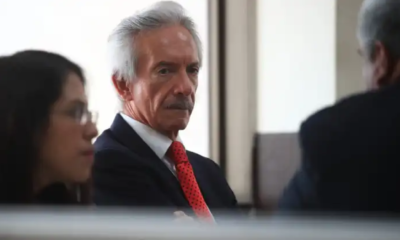
 International5 days ago
International5 days agoSon of journalist José Rubén Zamora condemns father’s return to prison as “illegal”
-
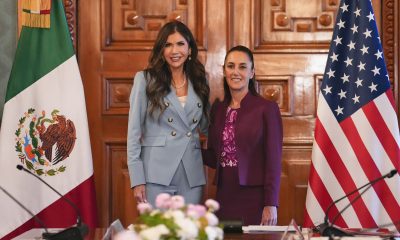
 Central America2 days ago
Central America2 days agoU.S. Homeland Security Secretary urges Mexico to strengthen Guatemala border
-

 International5 days ago
International5 days agoMiyazaki’s style goes viral with AI but at what cost?
-
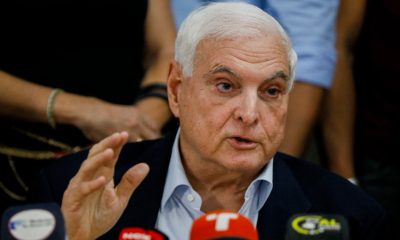
 Central America4 days ago
Central America4 days agoPanama police clarifies that Interpol alert for Martinelli is still pending
-

 International2 days ago
International2 days agoTrump urges Putin to reach peace deal
-
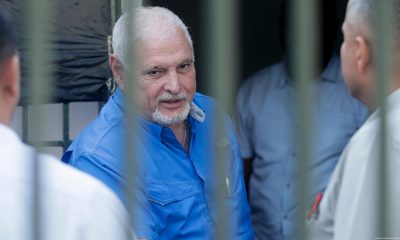
 Central America2 days ago
Central America2 days agoPanama grants Martinelli 72-hour extension to travel to Nicaragua
-
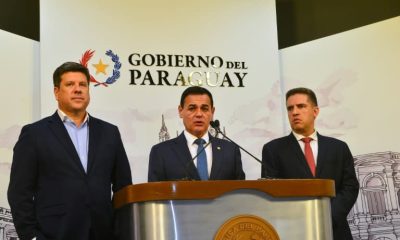
 International19 hours ago
International19 hours agoParaguay summons Brazilian ambassador over Itaipú espionage scandal
-

 International4 days ago
International4 days agoDeportation flight lands in Venezuela; government denies criminal gang links
-
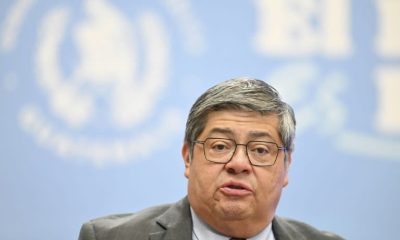
 Central America17 hours ago
Central America17 hours agoGuatemalan police officer killed in mob riots over baby kidnapping
-

 Sports20 hours ago
Sports20 hours agoFilipe Luis debuts as coach in Copa Libertadores with Flamengo
-

 International20 hours ago
International20 hours agoMilei vows to make Argentina so strong that Falkland Islanders “choose” to join
-

 International20 hours ago
International20 hours agoElon Musk to step down as government advisor, per Trump insiders
-
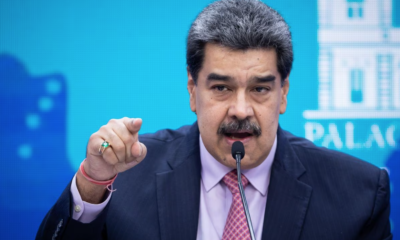
 Sports19 hours ago
Sports19 hours agoVenezuela investigates 18 baseball players seeking asylum in Spain
-

 International20 hours ago
International20 hours agoICE agent’s arrest of suspect sparks controversy in Boston
-

 International20 hours ago
International20 hours agoÓscar Arias: Trump’s trade policies are a step backward













